This Is the Closest You'll Get to a New International Harvester Truck

Which is to say, not close at all. The automotive brand born of the farm equipment giant produced its last passenger vehicle — the long-in-the-tooth Scout SUV — for the 1980 model year, five years after its pickup line bit the fertile Midwestern dust. Not long after, International Harvester ceased to exist as an independent brand, shacking up with Tenneco subsidiary I.J. Case after the company hit the skids and sold off its agricultural division. Navistar International Corp. rose from the remaining IH ashes.
The truck you see above is most certainly a Ram HD, but the paint is all International Harvester. You guessed it — the bright minds at FCA have come up with another special edition. By our count, it’s the 987th of the past decade.
Available on 2019 Ram 3500 (and up) Chassis Cabs, the Harvest Edition treatment has nothing to do with Neil Young’s 1972 album and everything to do with mechanized farming heritage. Of the four colors offered, two come directly from the flanks of combines, tractors, or threshers.
Those colors, IH Case Red and New Holland Blue (joined by black and white), are the product of a “direct request” from farmers in the American heartland, FCA claims. With these editions, buyers can let their agricultural allegiances fly, says Ram head Jim Morrison.
It isn’t the first time Ram’s offered a Harvest Edition, though the prior version, available on 2018 models, didn’t expand into the Chassis Cab range and called it quits at the 3500 pickup model.
FCA is quick to point out that both agricultural brands see their equipment manufactured by a subsidiary of CNH Industrial, which shares a “common ancestry” with Fiat Chrysler Automobiles. Sadly, there’s no green-and-yellow John Deere treatment on offer.
Debuting Tuesday at Husker Harvest Days in Grand Island, Nebraska — site of a bizarre 1980 tornado swarm — the Harvest Edition trucks span the Chassis Cab lineup, available in every wheelbase and cab configuration. They’re well fleshed out with a standard chrome package, leather-wrapped steering wheel, and 8.4-inch Uconnect touchscreen, among other features. Front tow hooks and a transfer case skid plate handle the rough-and-tumble side of its persona.
Pricing starts at $43,990 (plus $1,695 destination charge) for a 3500 model, topping out at just under $51k for the 5500 truck after factoring in the charge.
We’re placing bets on the next special edition.
[Image: Fiat Chrysler Automobiles]

More by Steph Willems
Latest Car Reviews
Read moreLatest Product Reviews
Read moreRecent Comments
- DO I have owned a 2012 LR4 since day one and it has been the best vehicle I have ever had the pleasure of having in the garage. I know how easy it is to hate on Land Rover but this LR4 is comfortable, has a ton of storage room and is so versatile. With 110k miles, mine is now relegated to ‘other’ car use but is still the go to for off road adventures and snow runs. Nice to see one featured here - I think they are so underrated.
- Tane94 I'd be curious to know whether 87 octane is no longer the most popular grade of gasoline by sales volume. My Costco often runs out of Premium grade and I suspect 93 octane might now be the most popular grade of gas. Paying 40-50 cents more per gallon 87 vs 93 octane because of turbo engines is the real story
- Redapple2 125 large? You re getting into 911 territory.
- Redapple2 Industry worst quality prevents any serious consideration. I ll take an Evil gm Vampire Denali first.
- MaintenanceCosts Thing mentioned in the article: 77 pounds lighter than the standard version!Thing not mentioned in the article: The "lighter" curb weight is 3902 pounds. That is a few pounds heavier than my 2011 335i *convertible*.



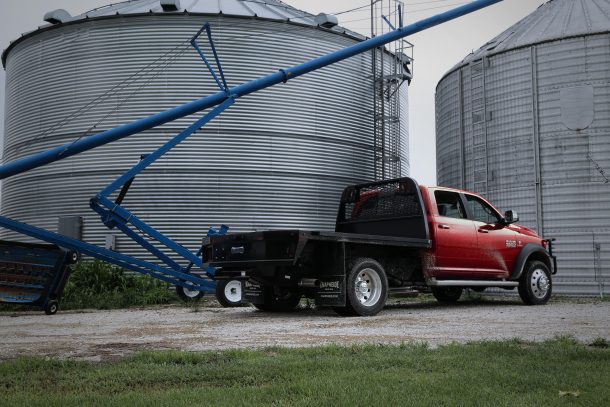
















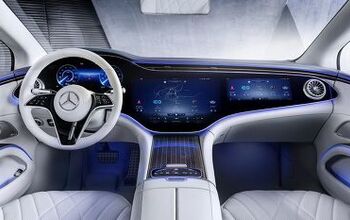



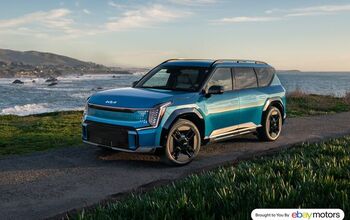
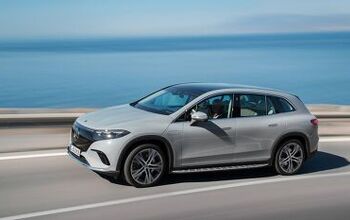
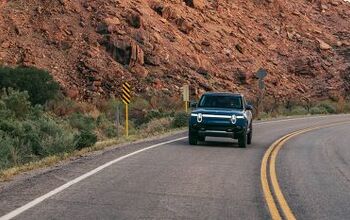
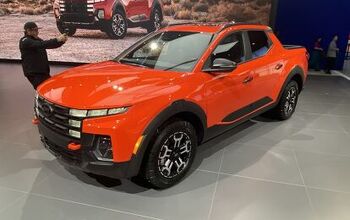
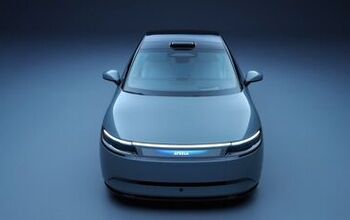
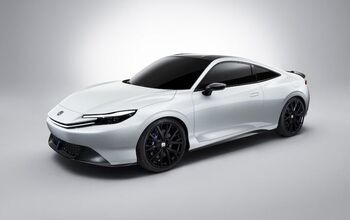
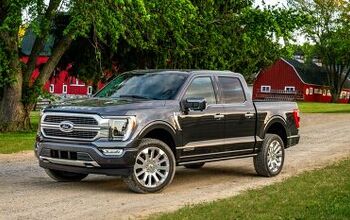
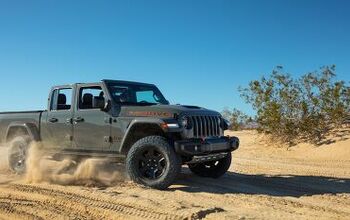
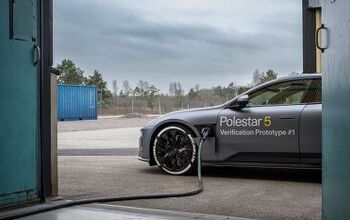
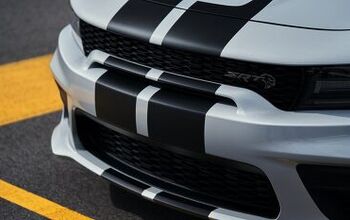

Comments
Join the conversation
What, no mention of the RXT/MXT from the mid-2000s? (States vary, but here in Oregon you don't need a CDL for the RXT or MXT, but the CXT's GVWR is high enough you would.)
New Holland bought the Ford tractor line, hence their blue color. Some of you may remember that New Holland's original colors were red & yellow. They only built machinery, not tractors. Ford spun off the tractor division years ago. Ford could snub FCA by offering that blue color on an F150. That would teach 'em!